PCCs are only getting more popular, so here’s a more in-depth look at the JP Enterprises JP-5 roller-delayed blowback 9mm.
PCCs, are the talk of the town right now. There’s been a substantial rise in their popularity over the past several years … and for good reason: Ammo is affordable, they’re ideal for plinking, they excel in training situations, and they’re downright fun to shoot.
But, how did something that developed out of convenience become a competitive shooting staple, and who sits atop the PCC mountain?
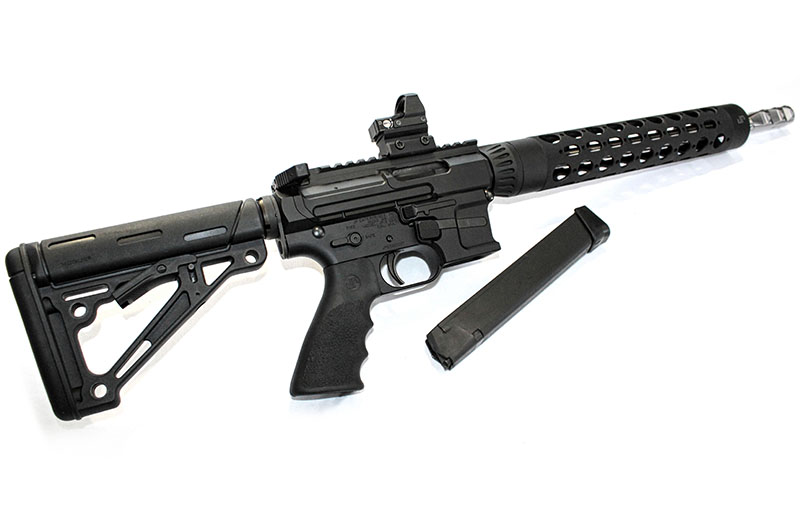
Short-Gun Bullets For Long Barrels
Developed in the late 1800s for riders in the West, the early PCC was a convenient way to carry a pistol on the side and a long-gun in the saddle. When times were tough, having to find and buy ammo in two different calibers couldn’t have been easy. Honestly, that can be a battle in today’s economy. Jump forward and look at law enforcement applications. Carrying a .40 in the holster and having a .40 carbine in the patrol car sounds awfully appealing, and it was for many divisions.
Now, move forward once more to 2016, when the USPSA started allowing PCCs in competition—and things took off. PCC competitions are now some of the fullest and most attended shoots, and PCC sales are through the roof. This brings us to the current day, where PCCs are designed not only out of convenience, but with serious competitive shooters and gun enthusiasts in mind. One of those carbines is the new JP-5 from JP Enterprises.

While JP Enterprises might not be a household name to the average shooter, competition shooters and marksmen looking for high-quality parts know the name by heart. JP is a small Minnesota-based company that prides themselves in making quality parts and guns. Their attention to detail and innovative nature make their products top-tier. The JP-5 PCC shows that.
For years, direct blowback guns have dominated the PCC competition scene. JP’s own GMR-15 is a direct blowback design that resides in the hands of roughly 35 percent of the top shooters on the PCC scene. But, with speed, weight and reliability being imperative to competition shooters, JP decided to push even further, using the famous Heckler & Koch MP5’s roller delayed-blowback system in the JP-5. The roller delayed is widely considered the softest-shooting of delayed-blowback systems available and, without a doubt, the best.
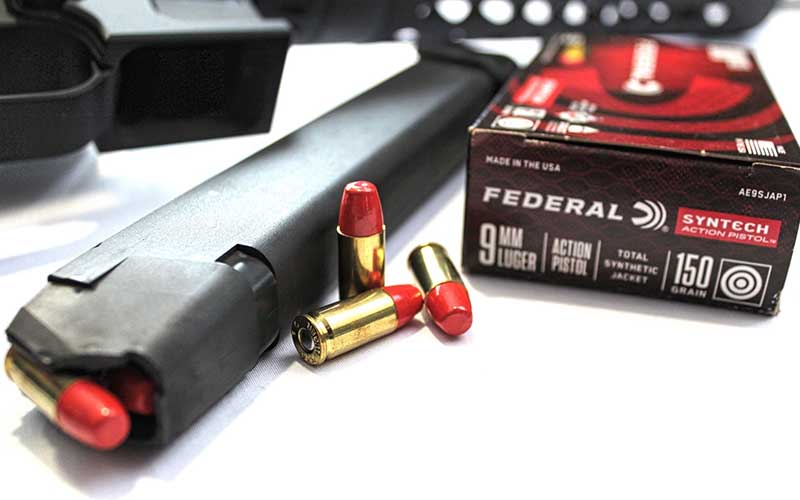
The roller delayed-blowback system utilizes two rollers on the bolt that implement the delay needed to prevent premature bolt opening. Straight-blowback systems require the use of a heavy bolt … and a lot of reciprocating mass. With the delayed roller, you lose the weight and have far less recoil. The incredible recoil reduction allows for faster recovery and target indexing.
JP took the roller lock bolt system and teamed it with the things we all love about AR platform, and they produced a superior PCC. According to JP team shooter Josh Froelich, “The JP-5 shoots like a .223, not a 9mm carbine.”
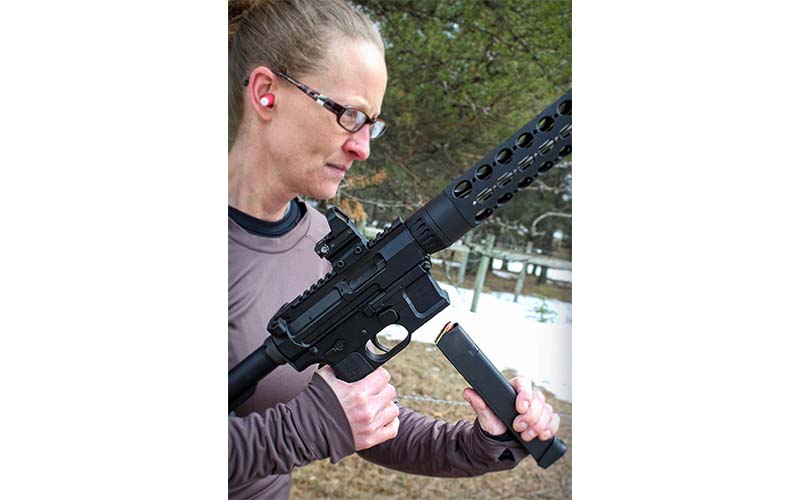
Making A Name For Itself
The similarities between the MP5 and the JP-5 are deeper than the use of the delayed roller system. In fact, many of the parts are interchangeable. The firing pin, firing pin spring, rollers, roller retaining spring, extractor, extractor spring and lock pieces can all be swapped.
“PCC has been a fantastic opportunity for us the past few years, but we knew that we’d taken the direct blowback as far as it could go,” said JP Marketing Manager Jesse Gangl. “To really innovate and improve, we had to look at a new style of operating system. Building on the legendary reputation of the H&K MP5, the JP-5 incorporates all of the magic of a roller-delayed system with everything people like about the AR platform. The result is that there’s just no comparison for recoil impulse or follow-up shot speed between the JP-5 and anything out there today. It will be the gun to have for PCC going forward.”
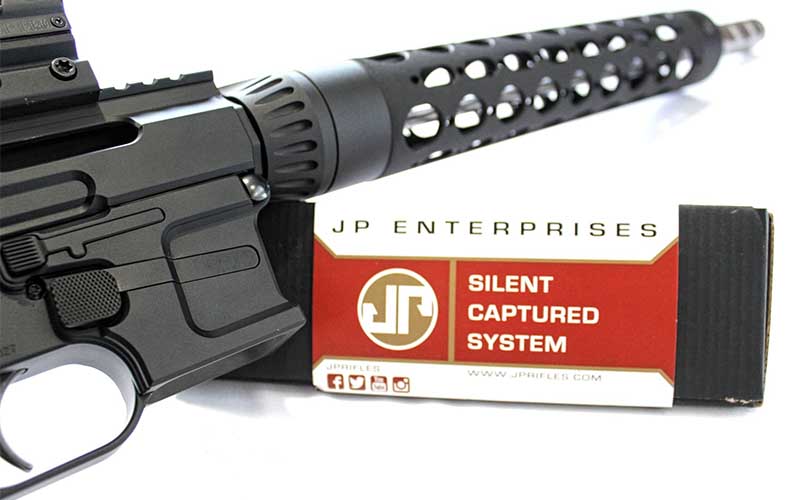
JP didn’t stop with the hard engineering; they wanted the entire gun to shine. From the Enhanced Reliability Fire Control trigger that pops at 3.5 to 4 pounds, to using their Silent Captured Spring for even less recoil, no stone has been left unturned. Both the trigger and the Silent Captured Spring are adjustable, allowing shooters to customize the gun even further. The Hogue pistol grip and Hogue OverMolded buttstock round out the simple components that increase comfort and make the package come together. The JP-5 uses standard Glock magazines, which makes magazines easy to find and very affordable. Plus, the lower houses a generously oversized magwell for easy reloads.
Field Trials
I couldn’t wait to get my hands on the JP-5; I’ve been a PCC fan for years. My for-review competition-ready JP-5 arrived basically ready-to-rock straight out of the box. I added a Leupold DeltaPoint Pro 2.5 MOA red-dot to it and loaded mags. The Leupold DeltaPoint is a proven red-dot on anything from ARs to shotguns. If one were to push the range limits a bit, utilizing something with some magnification would be suggested. The DeltaPoint Pro 2.5 worked perfectly for what we were doing.
I was pleasantly surprised with the weight of the gun, coming in at 6.2 pounds with the mag and red-dot. The look of the gun was very appealing as well. From the oversized Radian Raptor LT charging handle to the Hogue grip and buttstock, it was extremely clean and visually appealing. The compensator is a large three-port comp, which is generous in size and looks absolutely gorgeous pushing through the handguard.
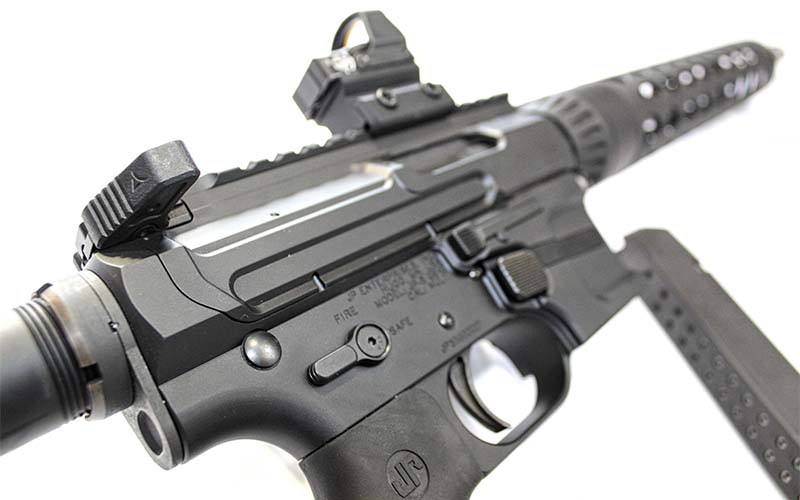
The guard is perfectly rounded with subtle dimples that make it comfortable to maneuver, and it allows for a light but steady grip. The M-Lok on the grip allows for accessorizing as you please, too. While diving into the mechanical portion of the gun, I found the lower to be fully ambidextrous. Righties and lefties can operate the gun with ease. The mag release is competition grade and made reloads easy and clean.
The gun came with a 90-degree locking piece, but JP can cater your angle based on things like the bullet grain you plan to use, application and barrel length. Eighty to 90 degrees is optimal for people looking to shoot a variety of loads. I chose three different 9mm loads I wanted to feed the JP-5, hoping I’d find out which ammo it didn’t like … but I didn’t find anything it wouldn’t eat. Through 600 rounds, I never had a misfire and only one failure to feed, which was a mag issue. In the PCC world, numbers like that are unheard of.
Between testing and tinkering, three of us went through 250 rounds of 115-grain American Eagle, 250 rounds of 124-grain CCI Blazer and 100 rounds of 150-grain Federal Syntech. The most consistent rounds were the dirtiest, with the Blazer being shot last and with some speed. We had zero issues with any of the ammo. I did throw five rounds of defense loads through it when I got home from the range to be sure they cycled, which they did flawlessly.
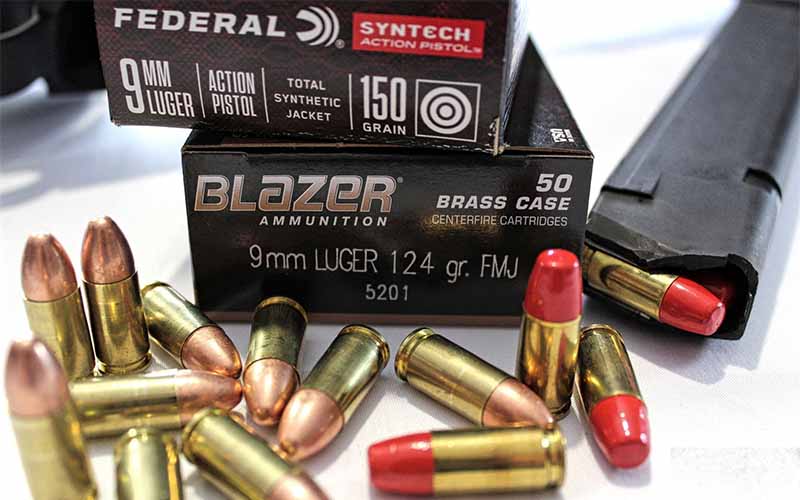
The carbine was zeroed at 20 yards using the 115-grain American Eagle, and the groupings at 10, 15, 18 and 20 yards were incredible from the get-go. Chrono readings averaged 1,158 fps. I had my 14-year-old son with me, as I really wanted him to see how he felt about it. He pointed out that resting wasn’t realistic for the PCC, especially if one were using it for competition shooting. After the first 100 rounds to establish zero, groupings and get chrono readings, all shots were made with light rest or off-hand. At 10 yards, the gun was printing 1 MOA over, and at 50, the gun was 2 MOA under.
At 100 yards, tapping a 10-inch plate was no problem, but the hold-over with a 1x red dot made it hard to get truly accurate groups. However, light resting a PCC at 100 yards and banging steel is pretty neat. We tried to push the end of the testing by moving toward a speed steel type of shooting, and burned through plenty of Champion VisiShot targets. Even cycling fast, the shots were rarely over 1 MOA at 20 yards.
The gun gets back on target so quickly and shoots true as soon as the dot lands on center. The combination of the delayed roller, Silent Captured Spring, light trigger and overall comfort leads to so little recoil and so much confidence. Even my 14-year-old was able to put 10 shots on target with less than 1.5 seconds between shots, and every hole was tickling center. My wife was able to handle the gun with ease and loved the look and feel of it. She, too, had zero issues with target acquisition.
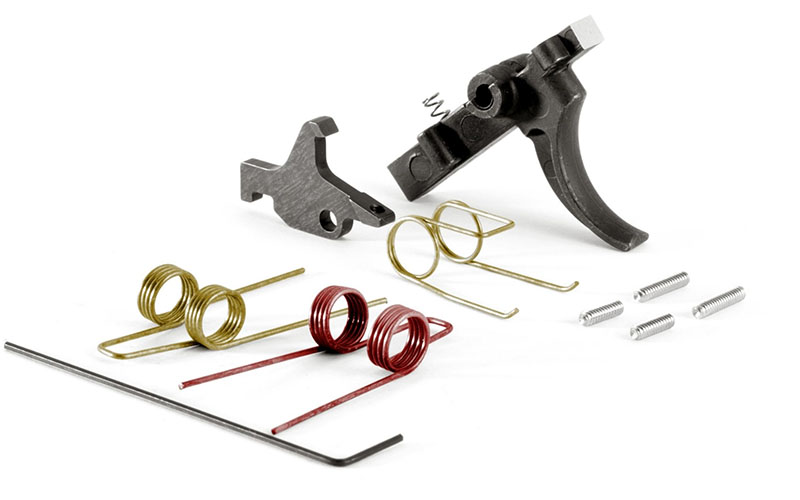
The JP-5 was, honestly, the best PCC I’ve ever handled, and my son said it was one of the top three guns he’s ever shot. The only potential downside is that price tag on something so well-built is steep: With an MSRP of close to $3,300, it’s a tough pill to swallow. But when you compare it to other high-end competition PCCs, it’s not terrible. This gun is probably not going to fit the budget for the weekend shooter, but serous competitive shooters shouldn’t experience sticker shock, especially considering that the JP-5 needs almost zero modifications to be comp-ready.
PCCs are incredibly fun and don’t bruise the shoulder of the ammo bank. A few other PCCs, MP5 clones, bullpups and the like have drifted through my hands over the years—even an H&K SP5 and a Steyr AUG when I was writing a piece about guns and popular culture. The Die Hard films had a lot to do with making several rifles popular, including the MP5.
But none of them hold a candle to the gun currently on my bench. The JP-5 sits on a mountain alone. It’s the smoothest PCC I’ve ever handled and has been an absolute joy to shoot.
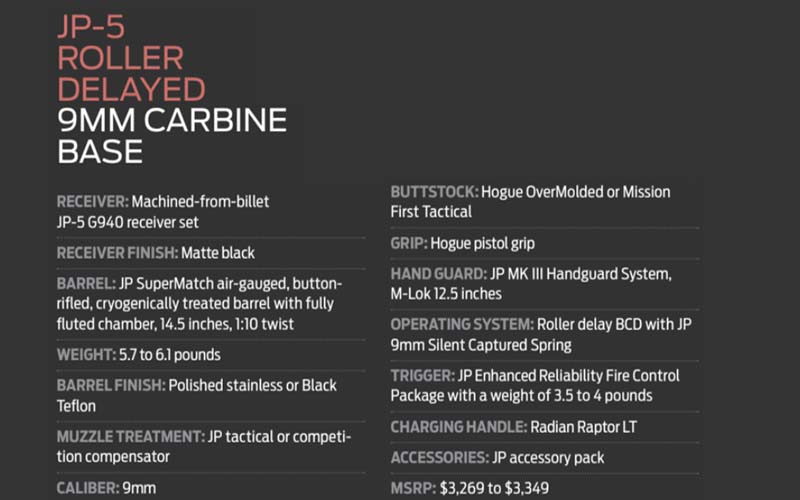
Editor's Note: This article originally appeared in the November 2022 issue of Gun Digest the Magazine.
More On PCCs:
- 13 Affordable 9mm Carbine Options
- 10mm Carbine: What Are Your Options?
- Go Small With These 8 Economical AR Pistol Options
- Should You Own A Pistol Caliber Carbine?

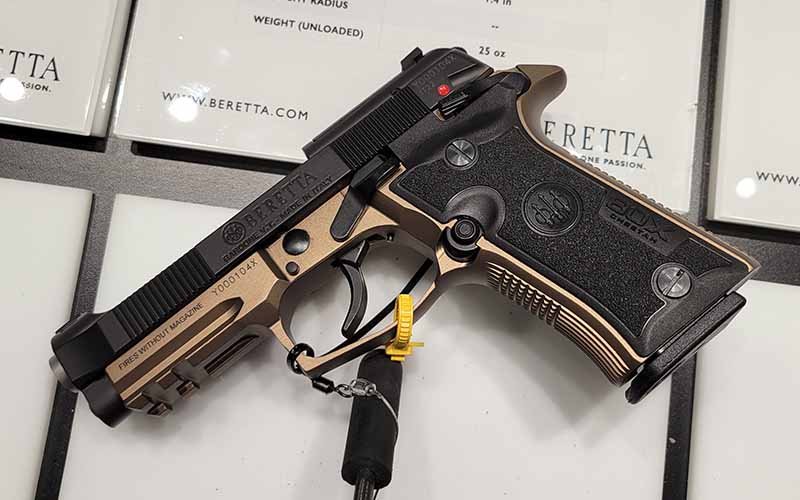
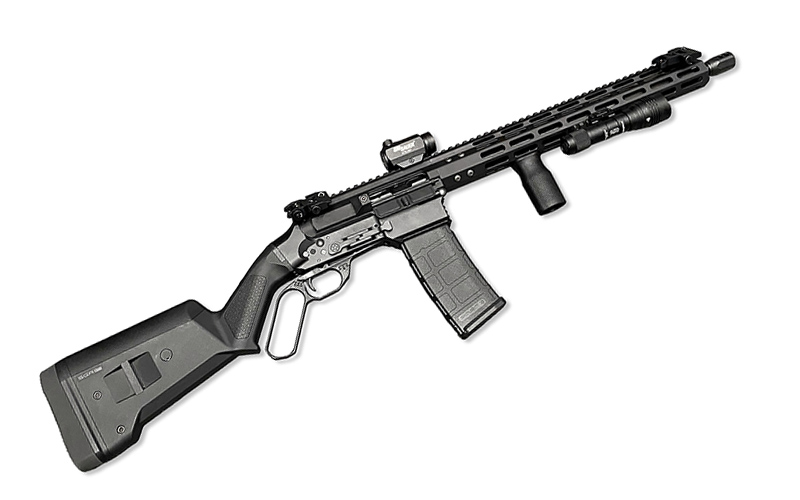
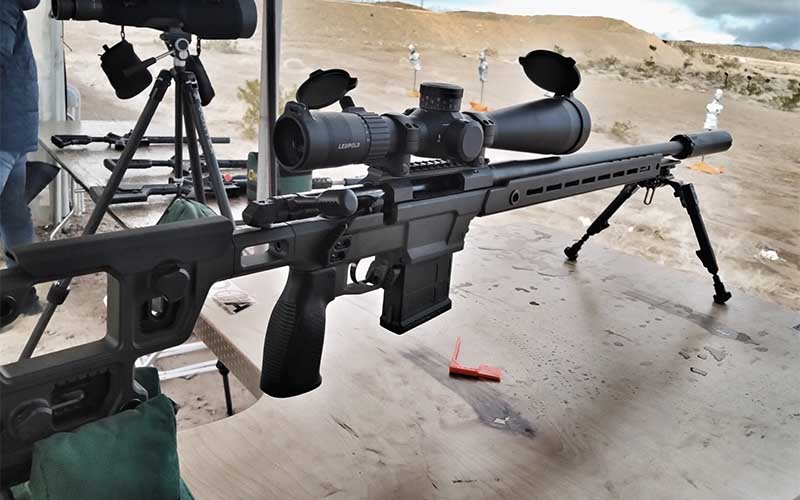
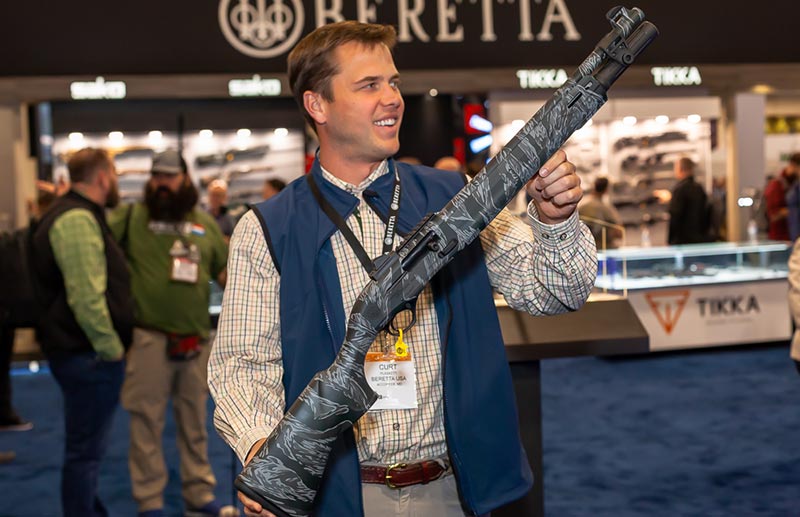
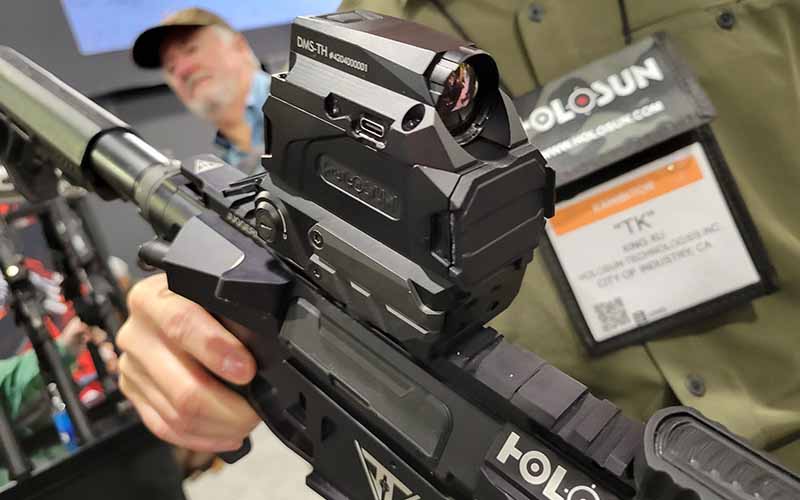
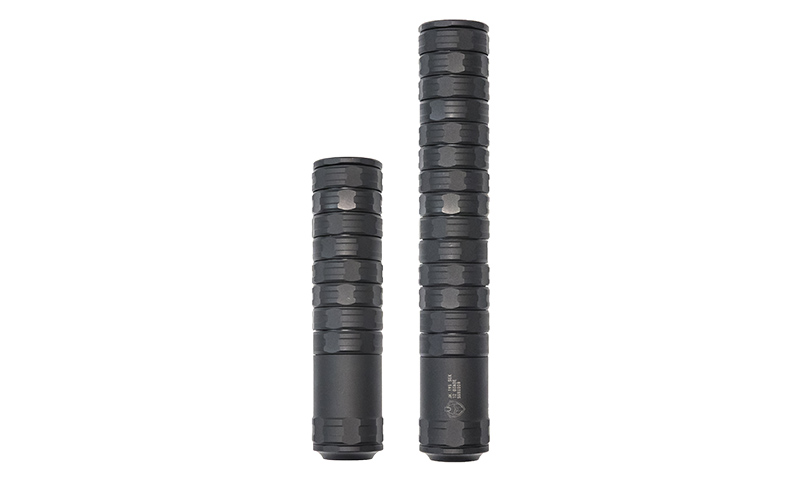
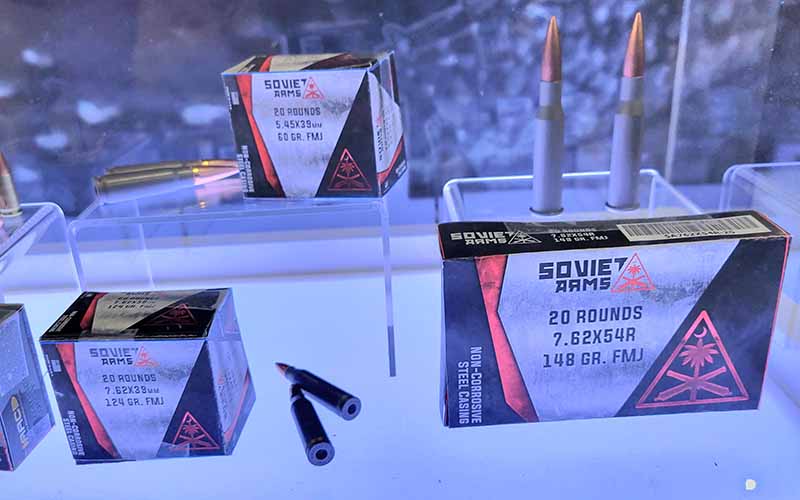
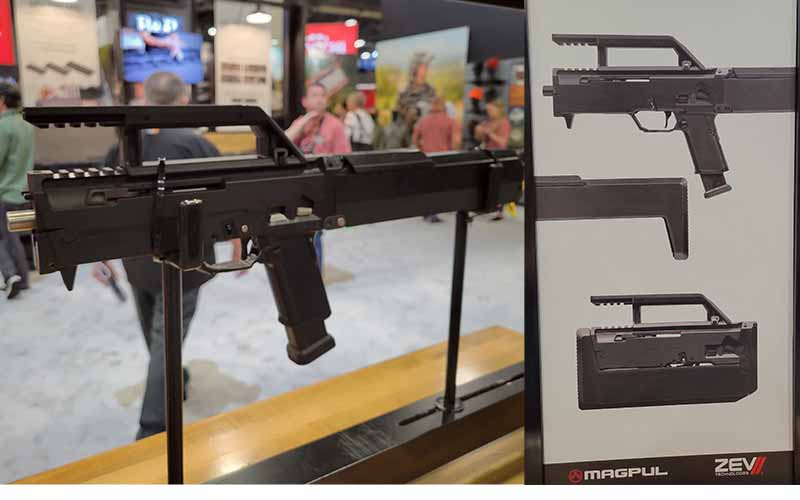
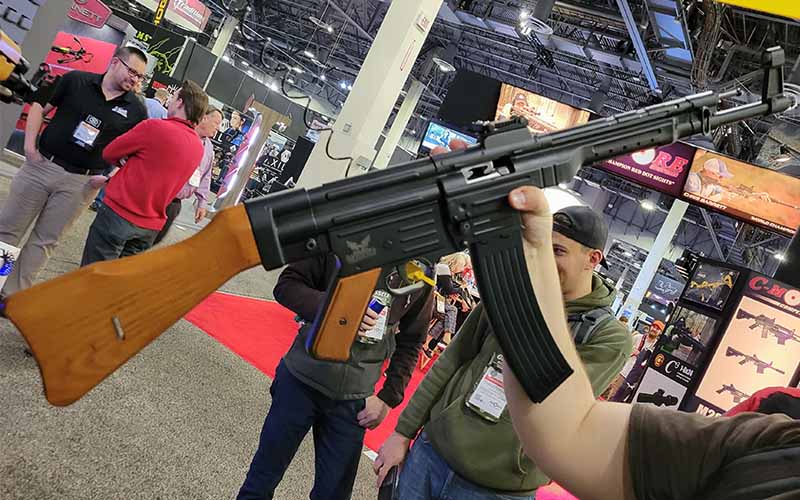
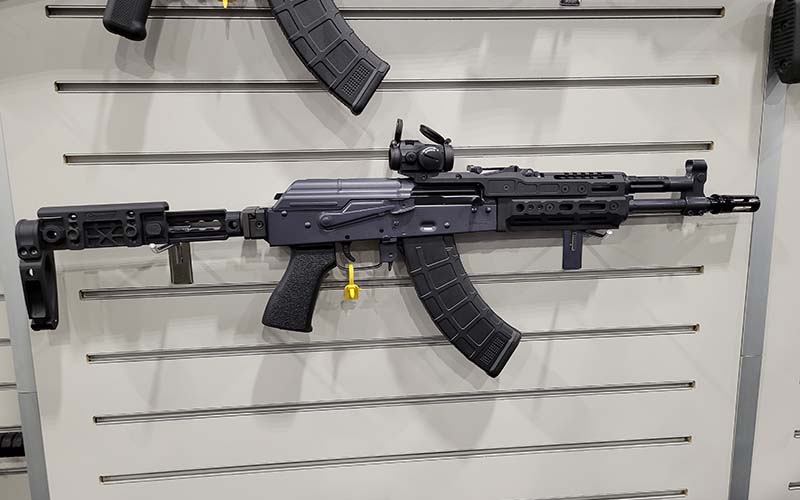
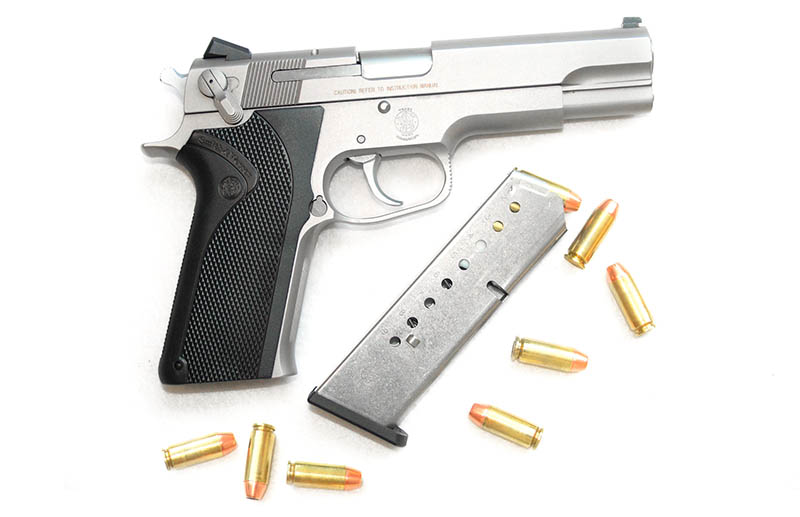
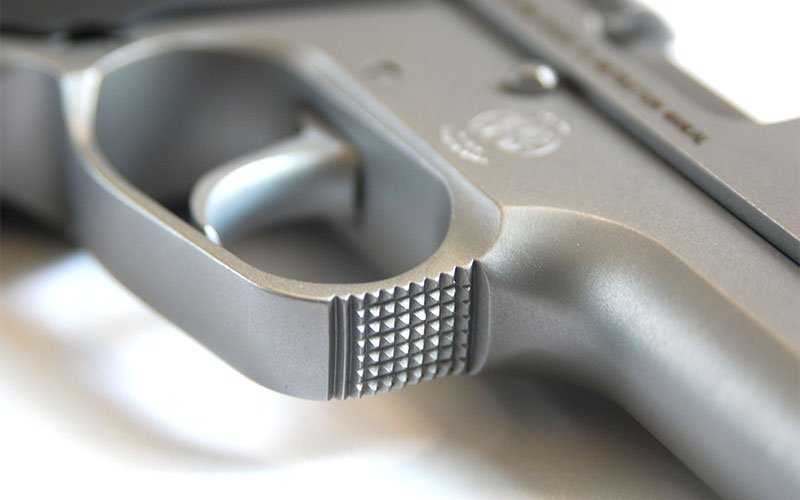
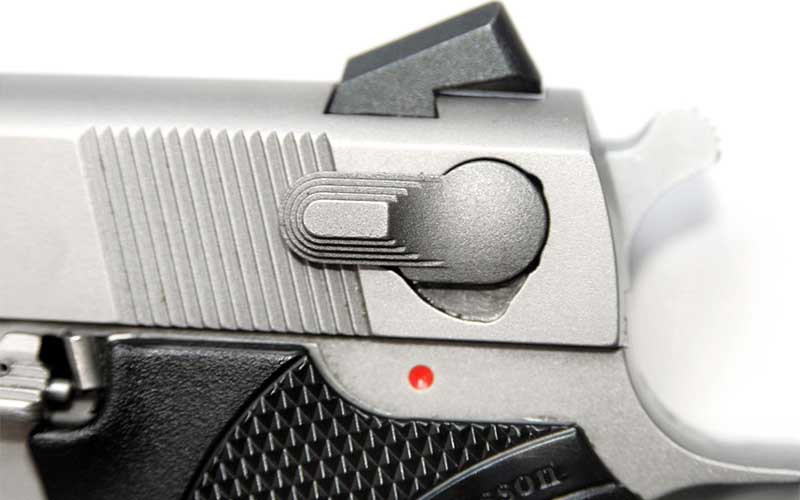
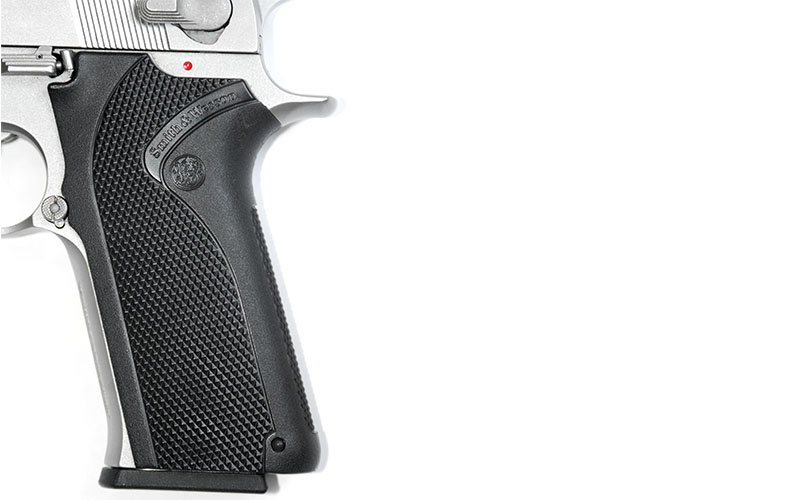
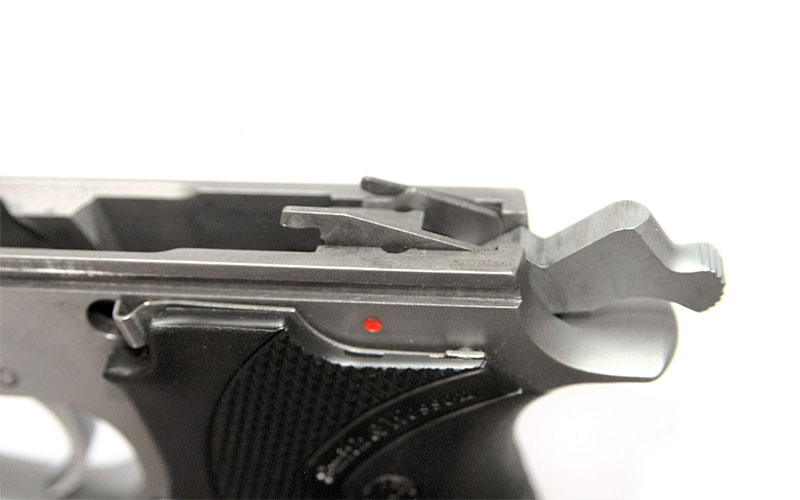
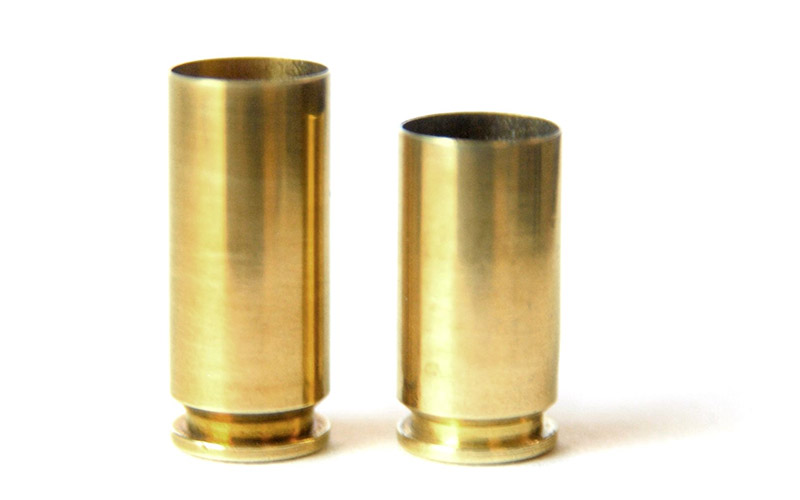
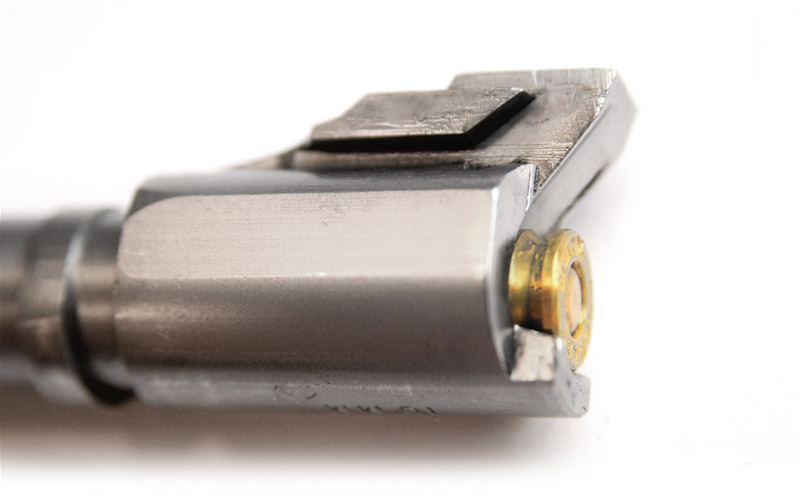
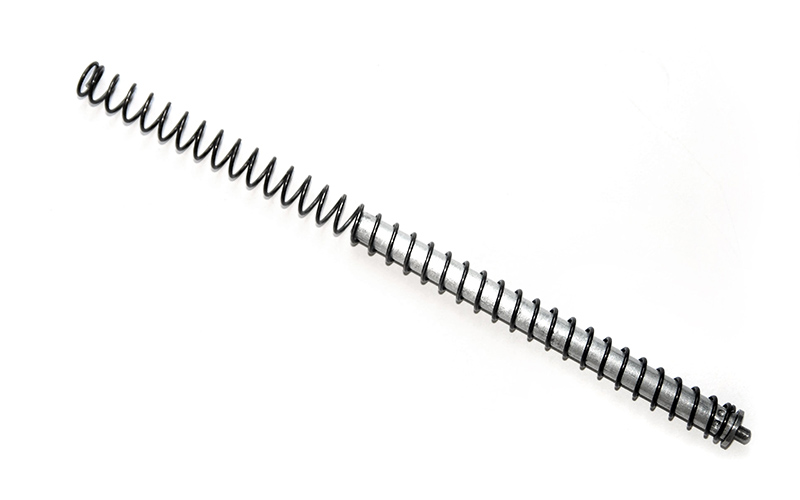
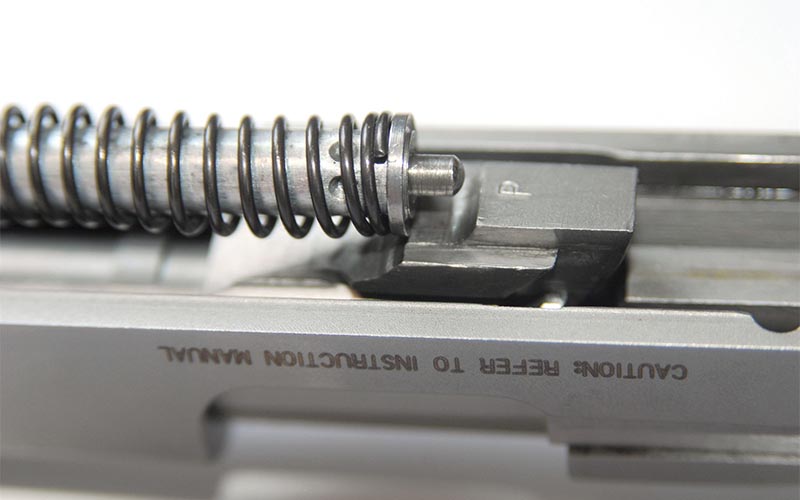


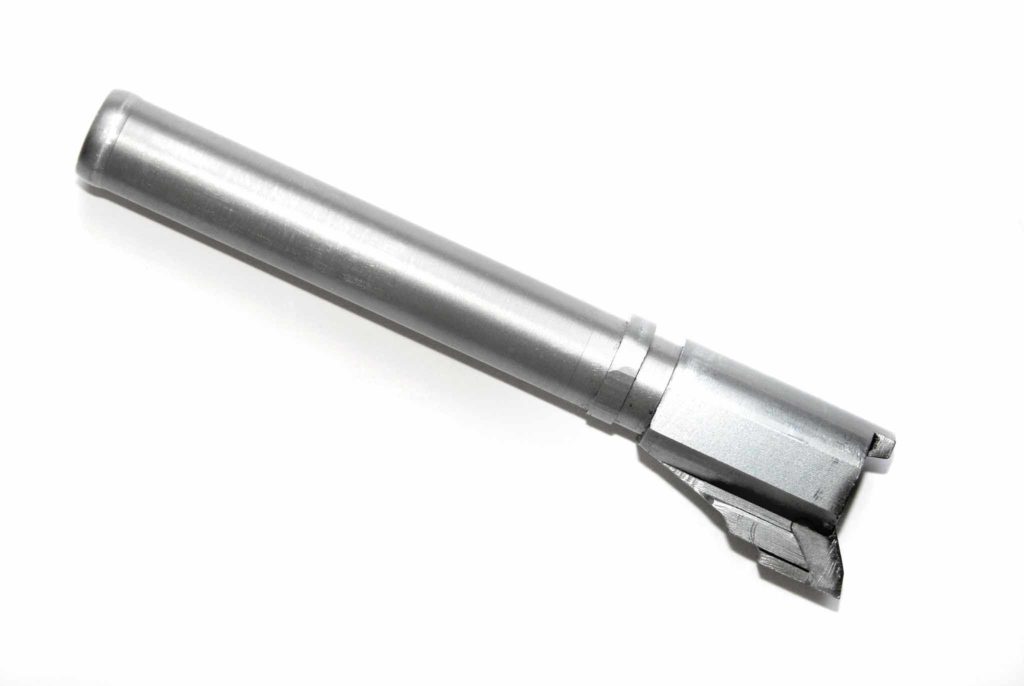

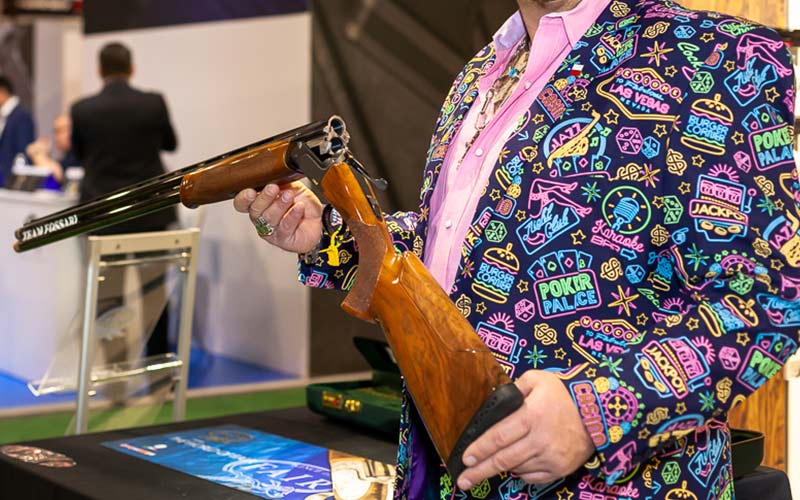
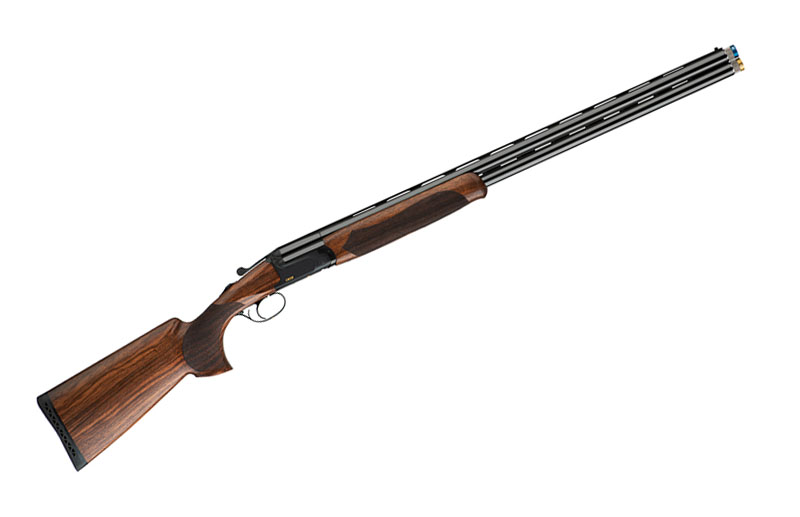

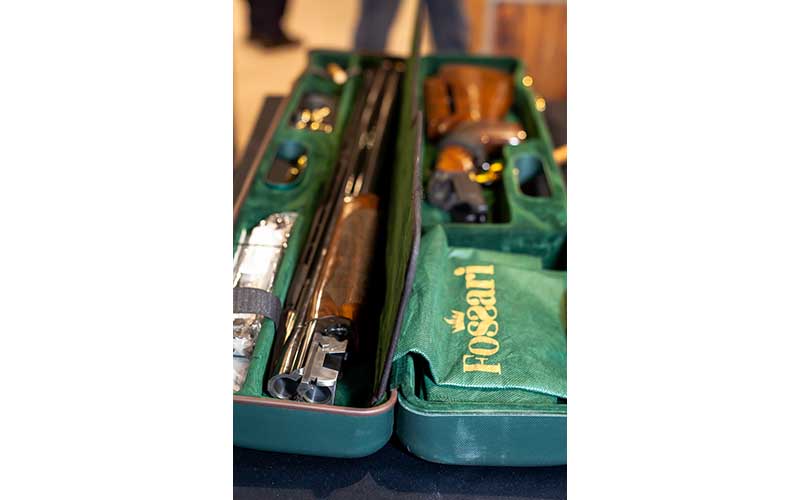

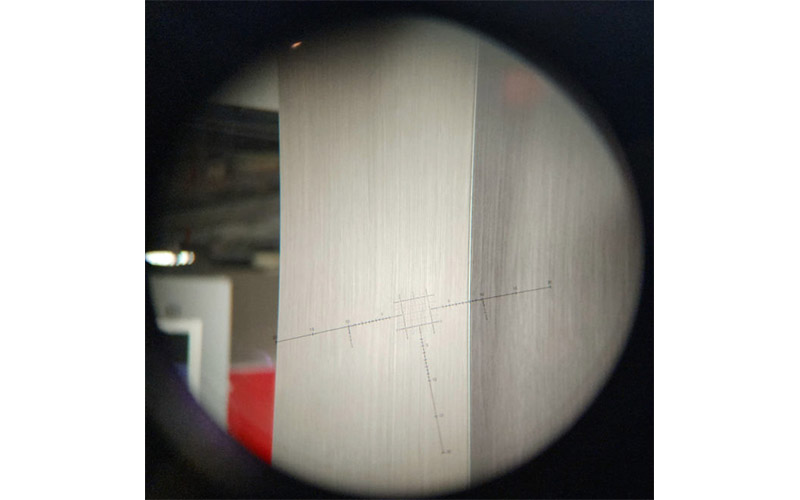

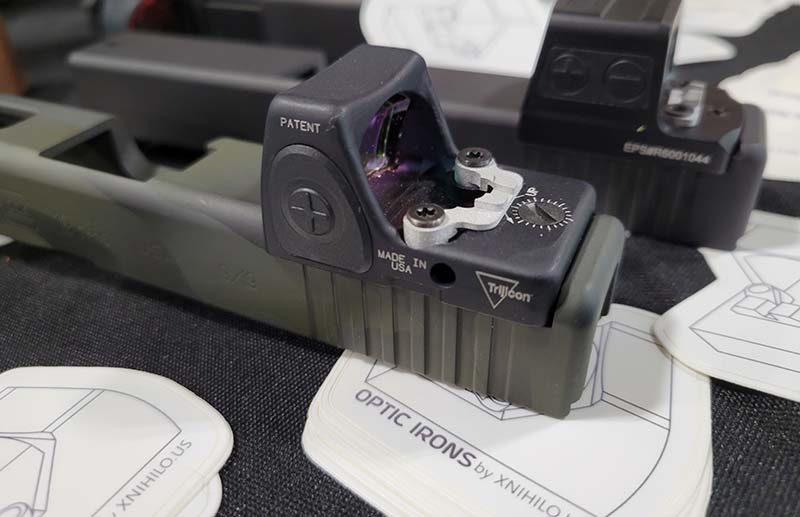

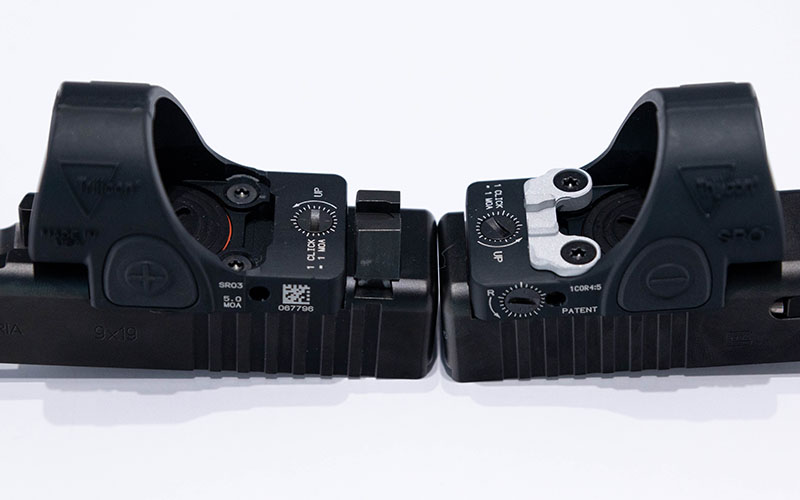
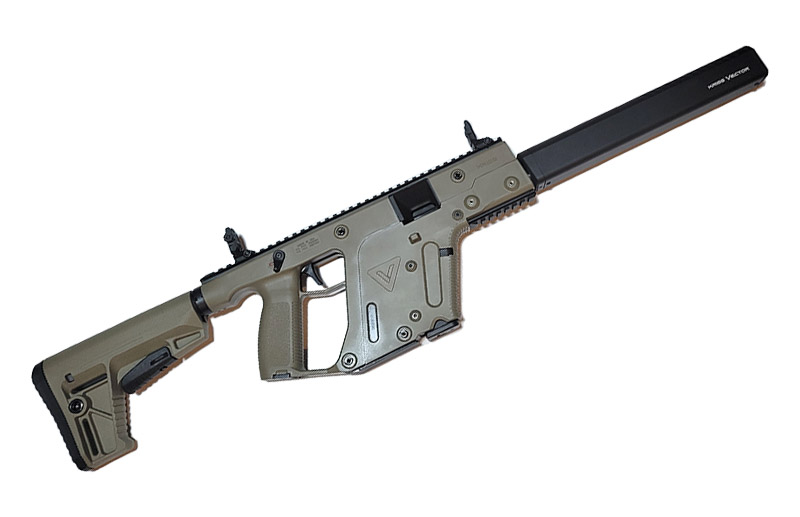

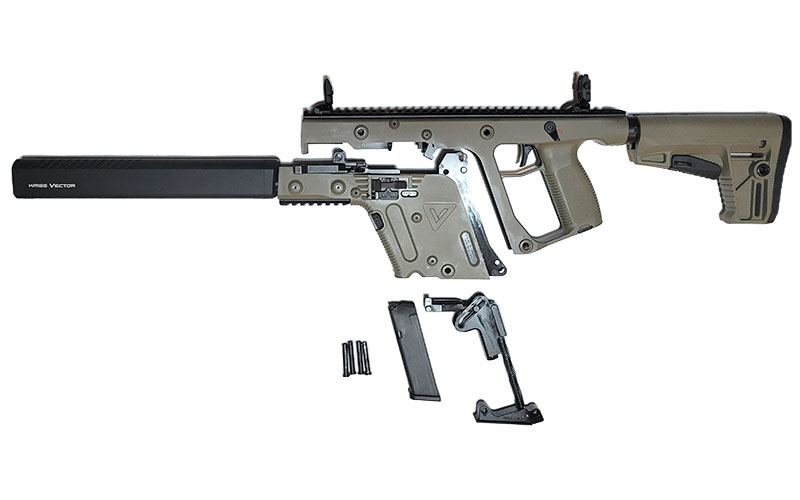
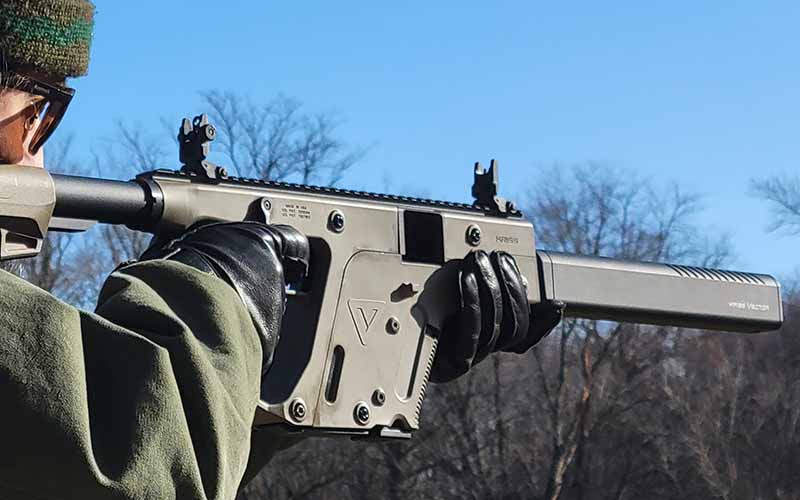
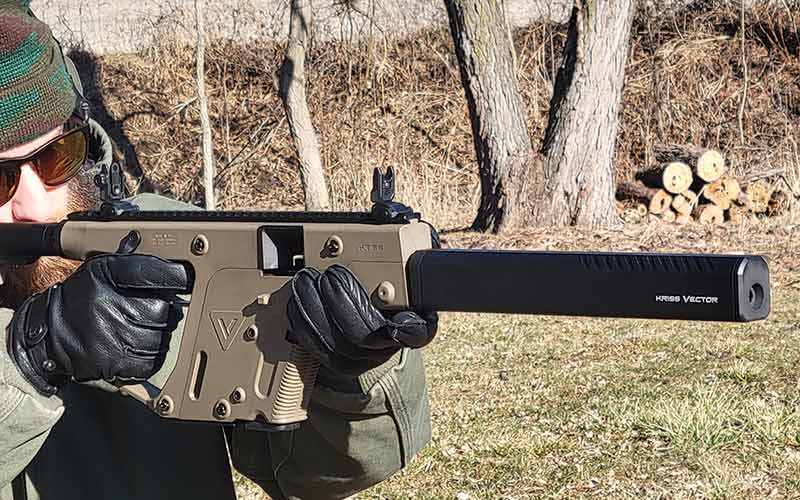
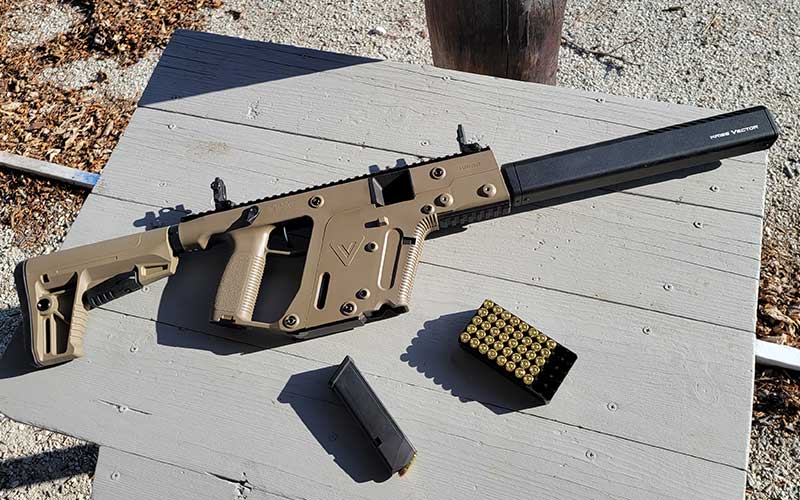
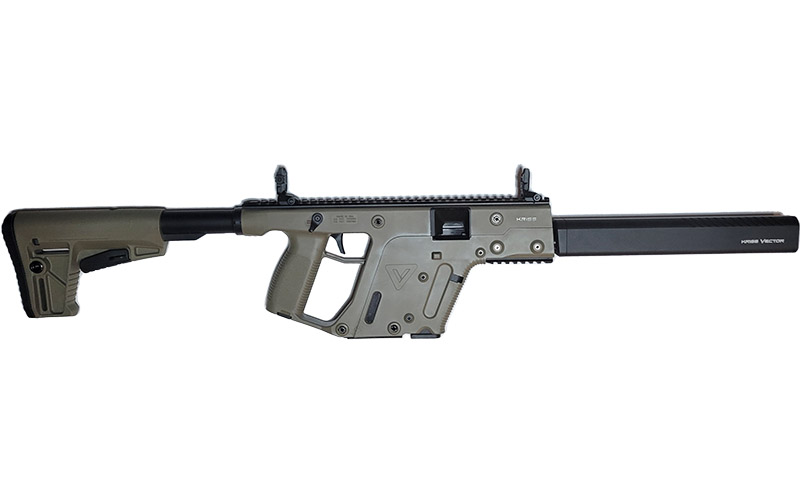
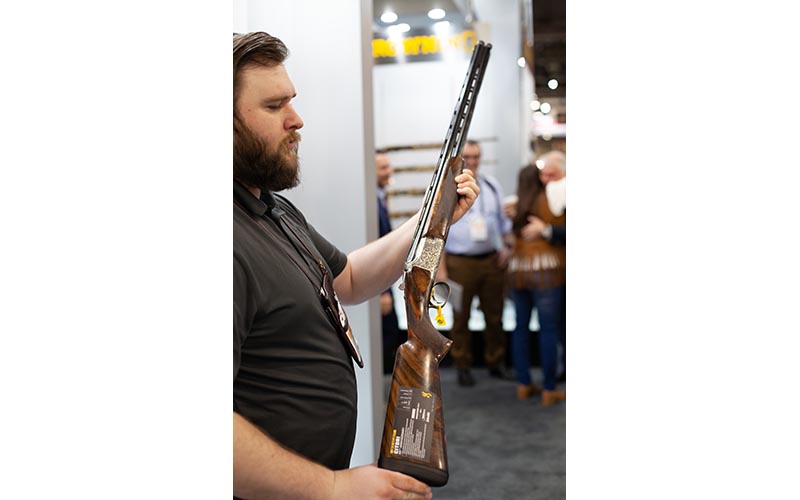
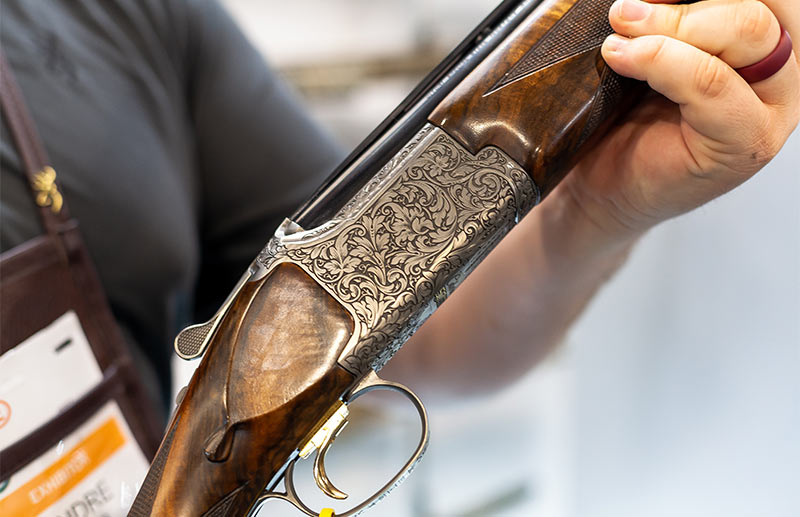
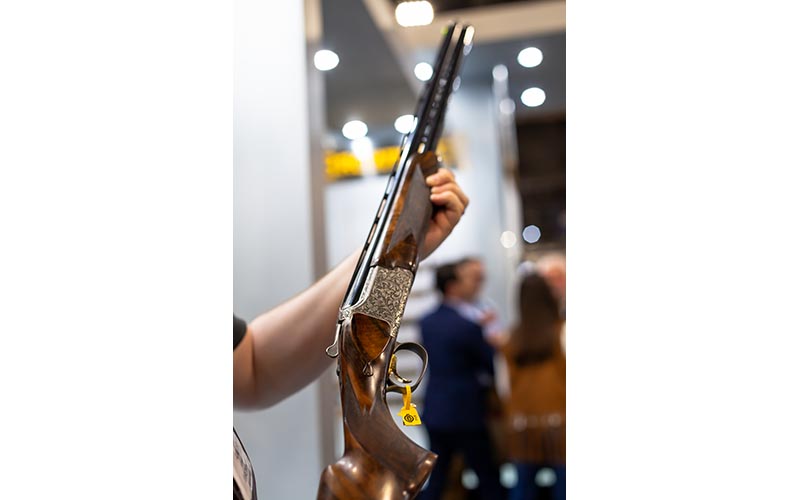


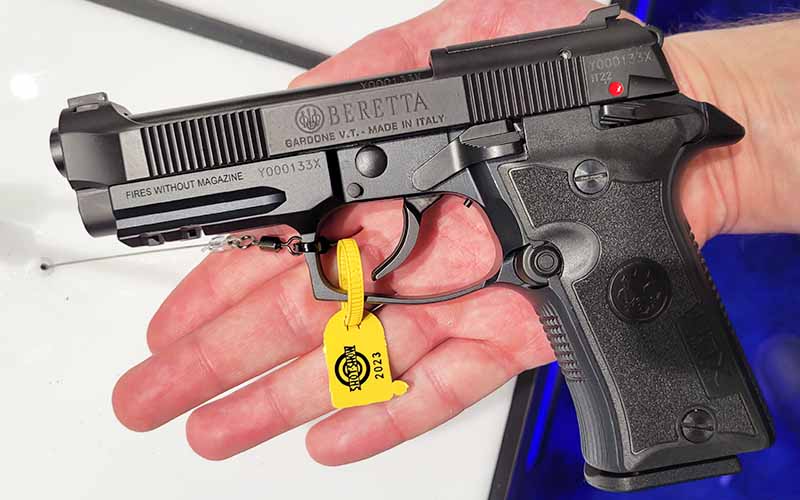

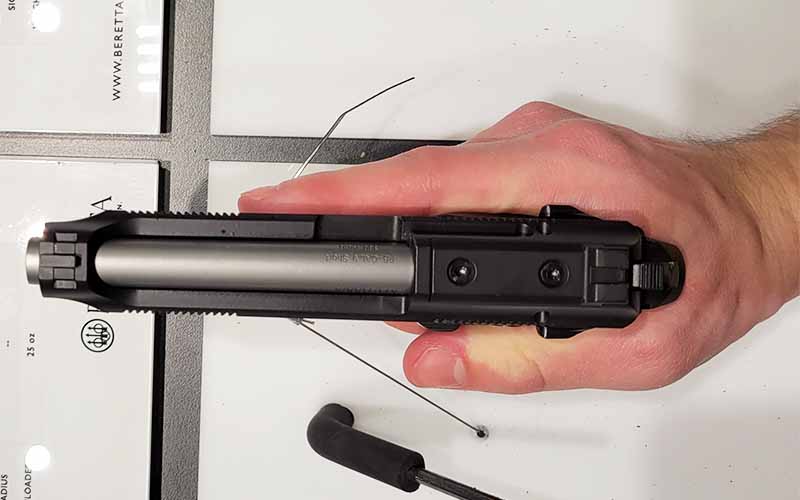

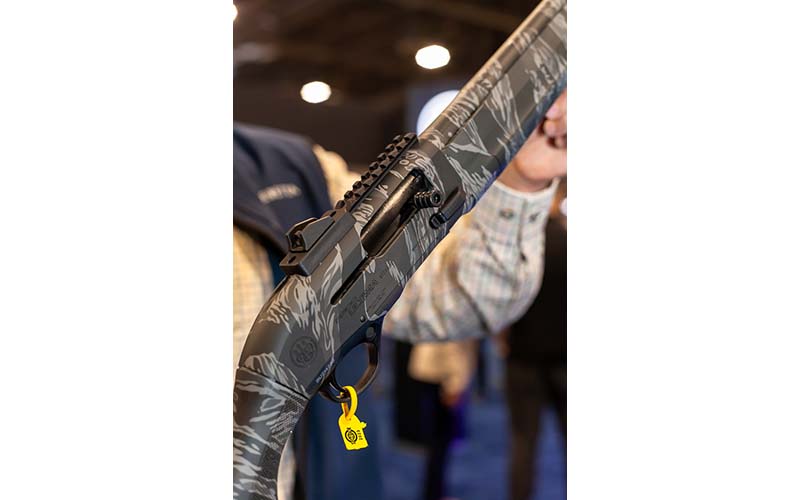
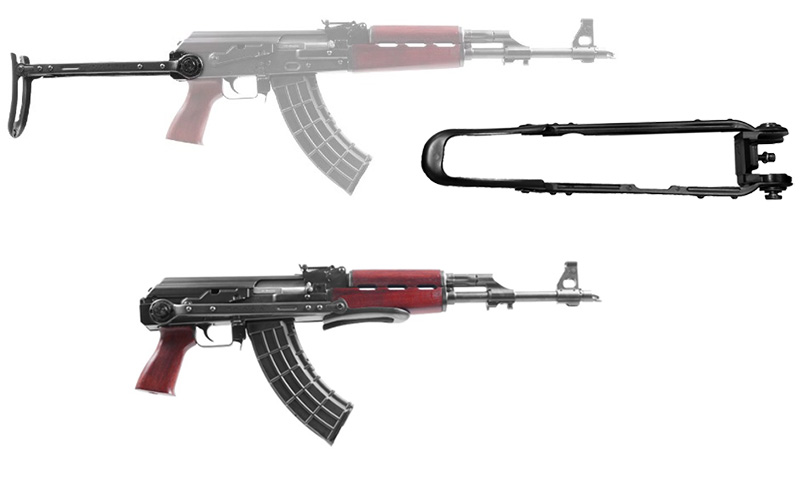
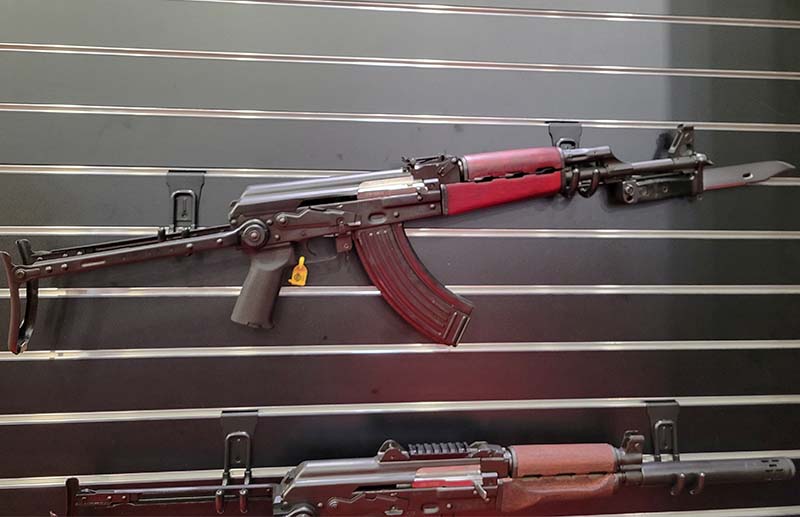
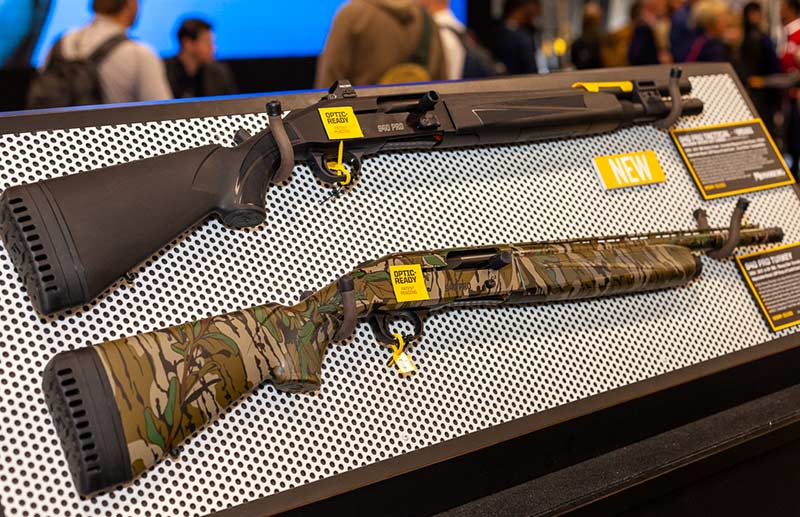
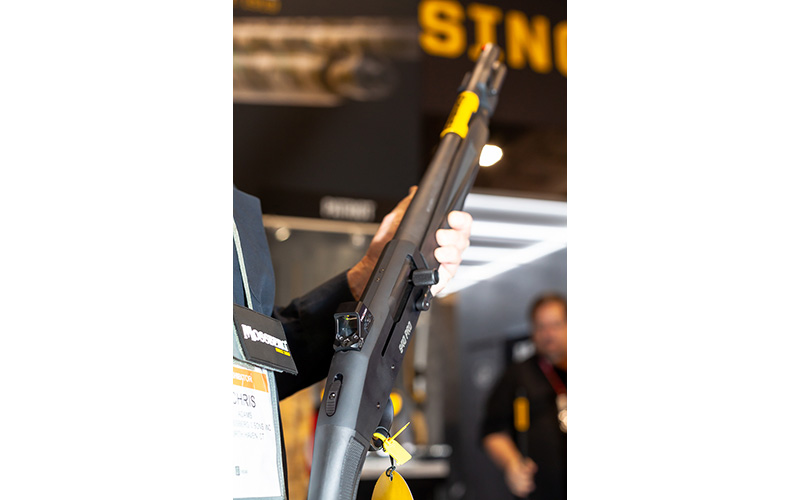

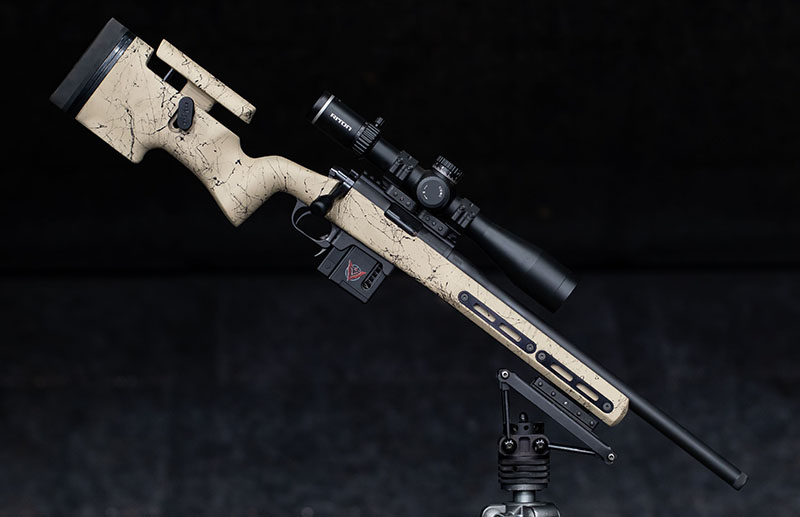
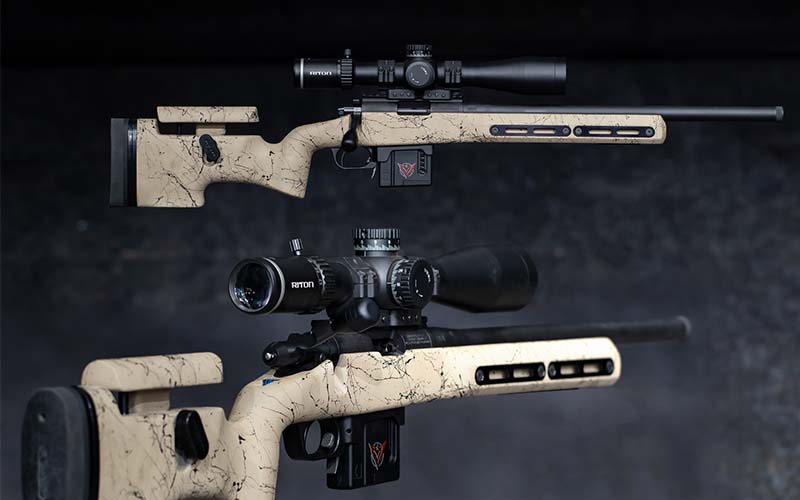
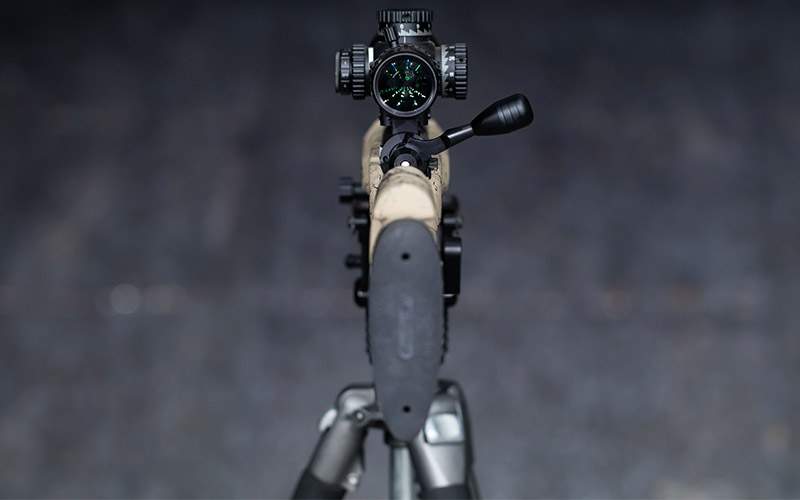
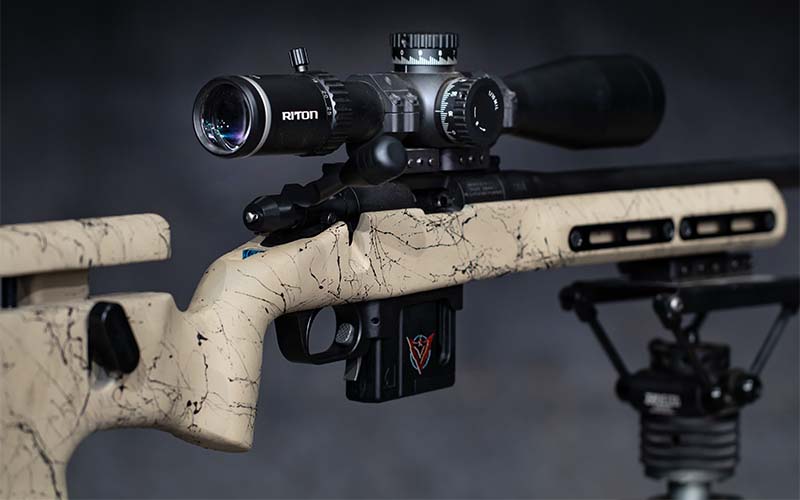
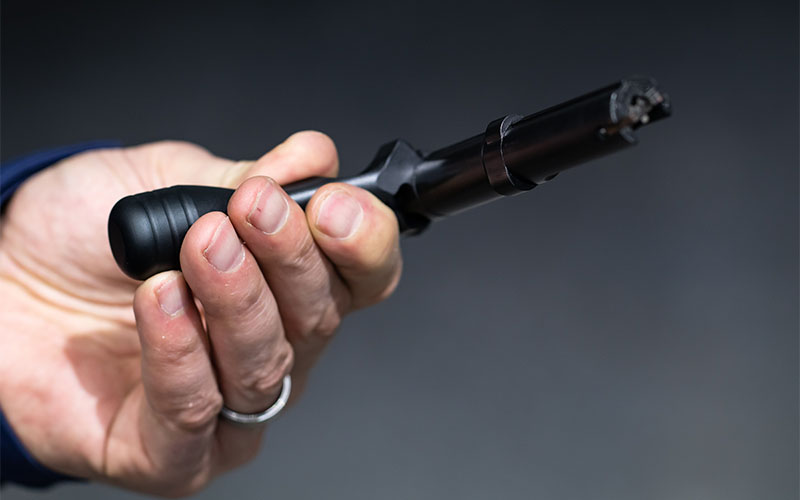
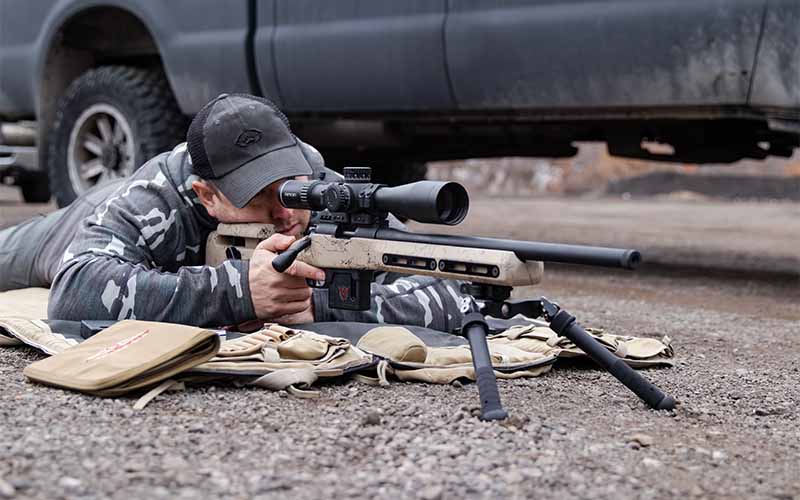
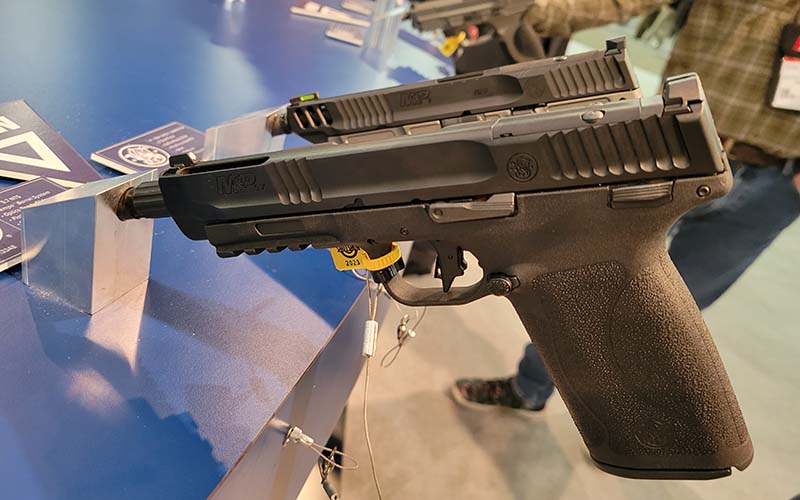
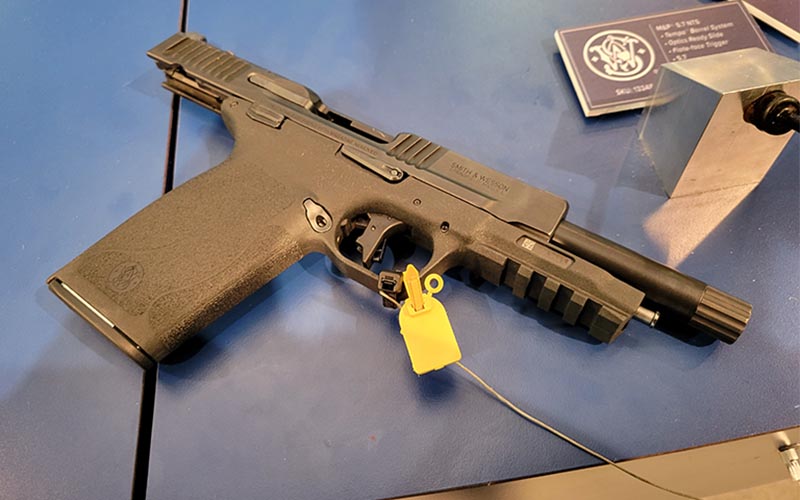
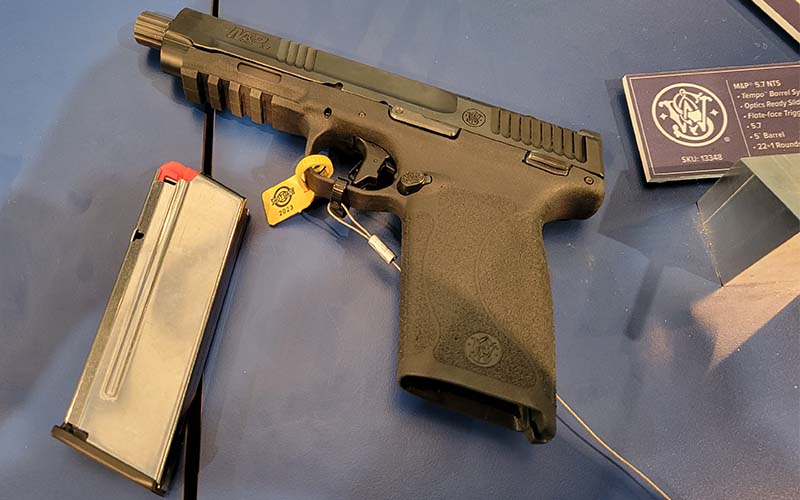
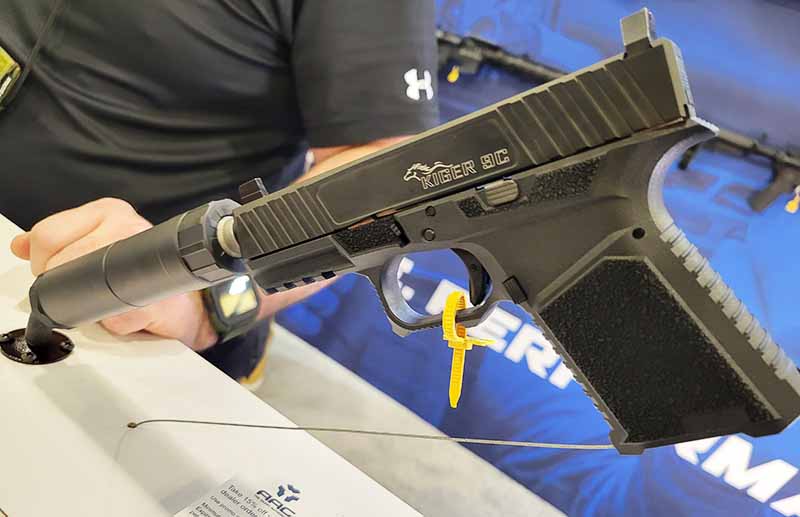

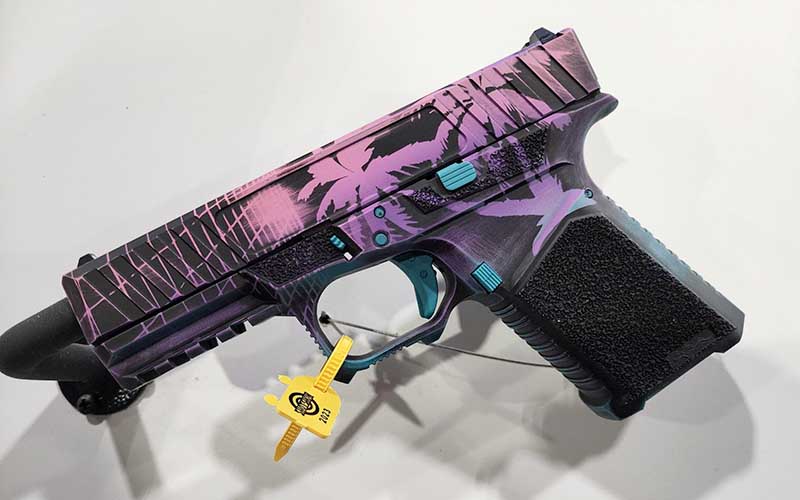
![Best Concealed Carry Guns In 2025 [Field Tested] Wilson Combat EDC X9S 1](https://gundigest.com/wp-content/uploads/Wilson-Combat-EDC-X9S-1-324x160.jpg)


![Best 9mm Carbine: Affordable PCCs [Tested] Ruger Carbine Shooting](https://gundigest.com/wp-content/uploads/Ruger-Carbine-Shooting-100x70.jpg)
![Best AR-15: Top Options Available Today [Field Tested] Harrington and Richardson PSA XM177E2 feature](https://gundigest.com/wp-content/uploads/Harrington-and-Richardson-PSA-XM177E2-feature-100x70.jpg)
